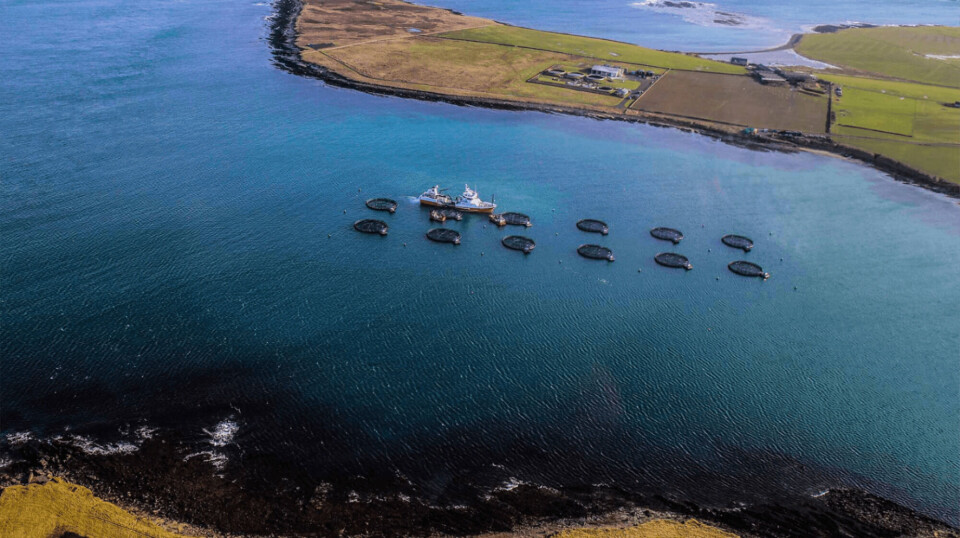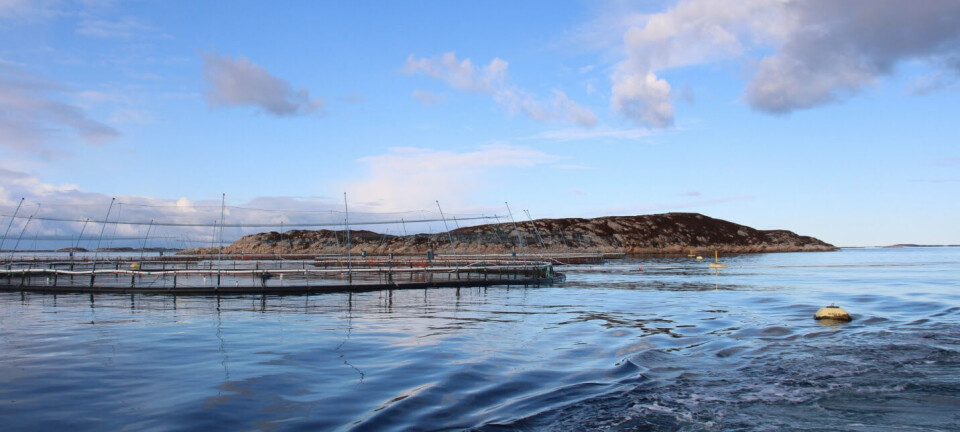
Scotland salmon farmer increased profit by 32% last year
High prices helped Cooke achieve result despite 15% lower harvest and loss made by feed subsidiary
Salmon farmer and feed producer Cooke Aquaculture UK Holdings Ltd (Cooke UK) increased its net profit by 32% to £25.6 million last year, it revealed in its newly published annual report and accounts for 2022.
Turnover increased 5% to £188m despite the volume of salmon from its farming subsidiary, Cooke Aquaculture Scotland Ltd, being 15% lower than in 2021. The increased turnover was mainly due to the record high salmon prices of last year.
Cooke UK’s operating profit was £36.2m (2021: £30.3m), and it paid £4.64m (£5.5m) in tax.
Cooke Aquaculture Scotland’s post-tax profit increased by 31% to £27.5m, and its costs increased by 1% to £134m.
Like other salmon producers Cooke was affected by the micro jellyfish blooms that occurred in Scottish waters, but the impact was restricted to some of its Orkney sites, with its sites in Shetland untouched.
“The company was successful in adding the East Moclett site to our portfolio after a successful public engagement,” wrote Cooke UK’s directors. “We continue to look for expansion opportunities as they arise, but due to the limited nature of these continue to look to use our current production capacity as efficiently and effectively as possible.”
Higher feed costs
Cooke UK’s feed subsidiary, Northeast Nutrition Scotland Ltd, increased turnover by 39% to £72.7m last year, but costs increased 41% to £71.9m, and the company made a post-tax loss of £370,482. In 2021 the feed company made a post-tax profit of £218,324.
Rises in material costs, labour inflation, and utility price increases, along with exchange rate losses, caused the increases in costs and turnover.
The directors added that the feed company was continuing to face an increase in the costs of materials due to a number of factors such as geopolitics and availability.
“To mitigate this, the company uses a number of brokers to ensure we achieve competitive prices.”
Improved asset value
Net assets for Cooke UK increased from £93.7m in 2021 to £119.4m in 2022.
No dividend was paid to the company’s owner, Canadian family-owned company Cooke Aquaculture, Inc, last year. In 2021, Cooke UK paid a dividend of £6m.
The energy usage purchased by Cooke UK last year fell by almost a fifth, from 24.9m kilowatt hours in 2021 to 20.5m kWh. Scope 1 greenhouse gas emissions (GHG emissions that a company makes directly) were reduced from 6,376 tonnes of CO2 equivalent in 2021 to 5,151 tonnes of CO2e.
Scope 2 GHGs were reduced from 351 tonnes CO2e in 2021 to 319 tonnes CO2e. Scope 2 emissions are those that a company makes indirectly, such as when the electricity or energy it buys is being produced on its behalf.
The amount of energy used to produce salmon fell from 0.86 kWh per kilo in 2021 to 0.83 per kWh per kilo.
Hybrid barges
“We monitor our Scope 1 and 2 greenhouse gas data, and waste diverted from landfill,” wrote the directors. “Our drive to reduce our energy consumption is also impacting our capex decisions resulting in the purchase of hybrid barges.”
In 2022, Cooke UK made £77.8m (2021: £58.1m) of its turnover in the UK, £66m (£71.6m) in France, £19.65m (£25.05m) in the rest of Europe, and £26.7m (£23.7m) in the rest of the world.
It paid £14.73m (£14.58m) in wages and pensions, and employed 366 (361) staff.
The highest paid director received renumeration of £250,315 (£230,835).























































